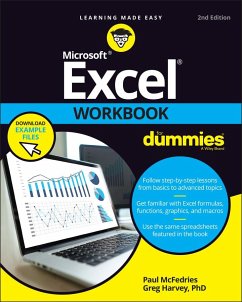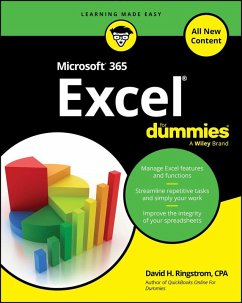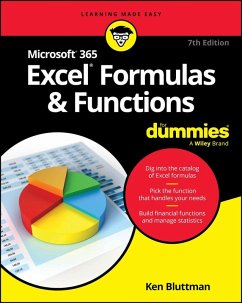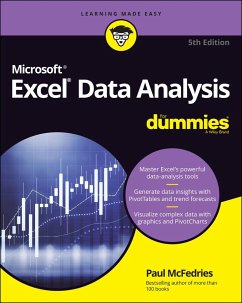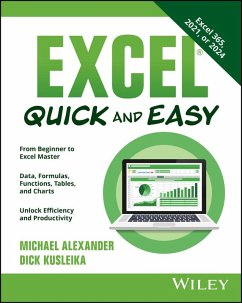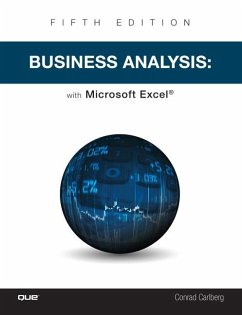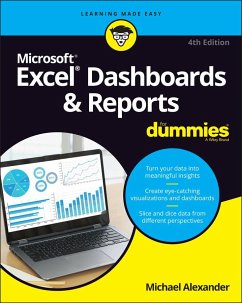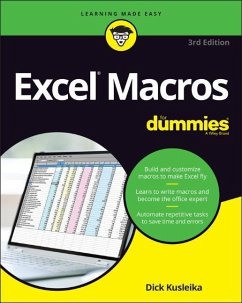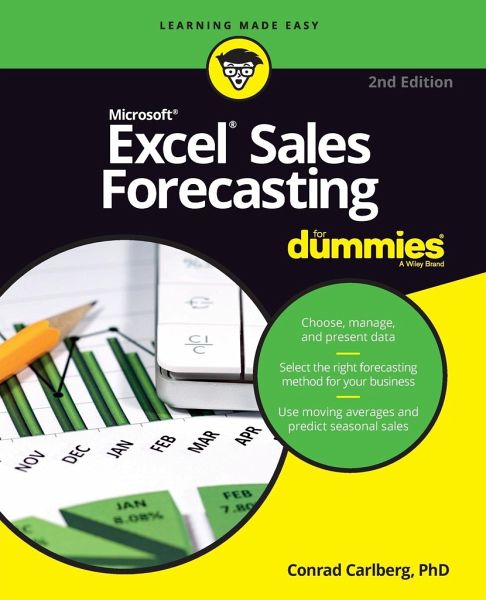
Excel Sales Forecasting for Dummies
Versandkostenfrei!
Versandfertig in über 4 Wochen
23,99 €
inkl. MwSt.
Weitere Ausgaben:

PAYBACK Punkte
12 °P sammeln!
Excel at predicting sales and forecasting trends using Microsoft Excel! If you're a sales or marketing professional, you know that forecasting sales is one of the biggest challenges you face on the job.




